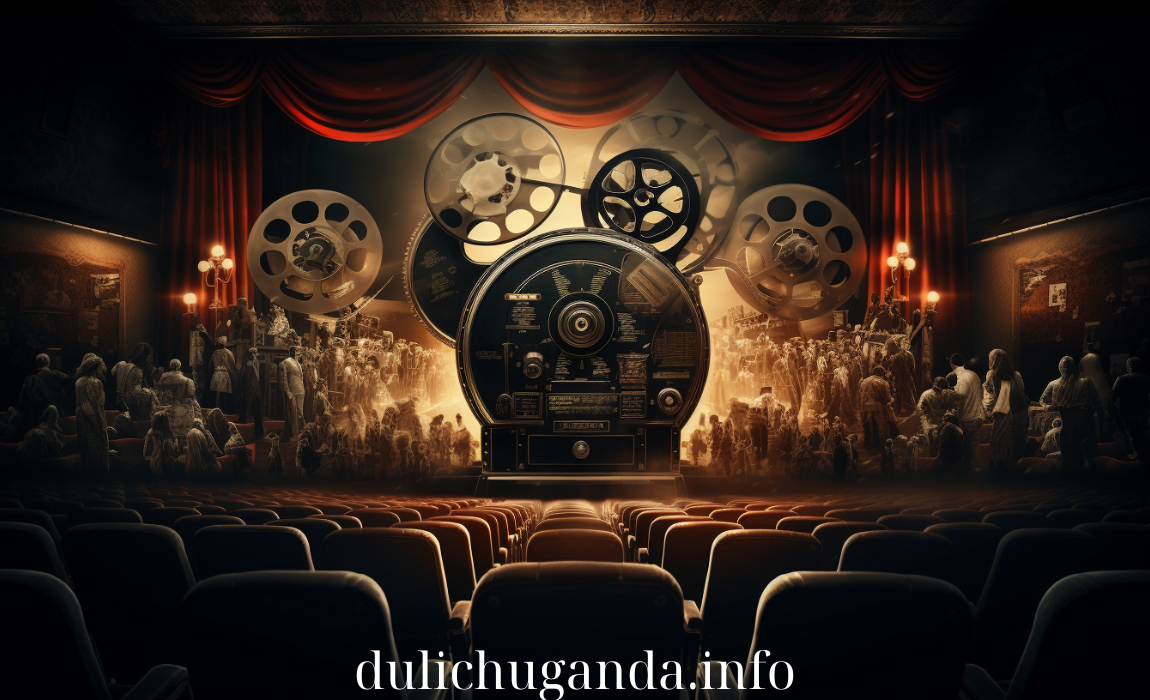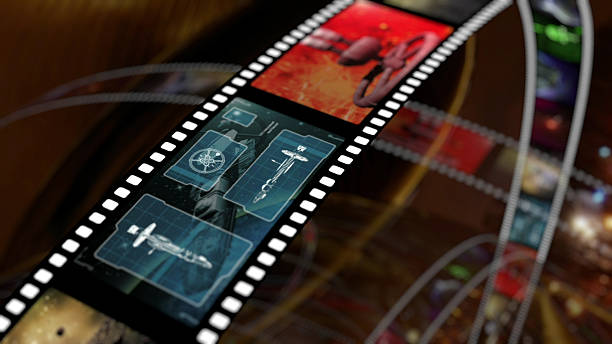Film critiques have long been an essential part of the cinematic experience, helping audiences gain deeper insights into the themes, craftsmanship, and storytelling behind each movie. Notable film critiques not only analyze the technical aspects of a film but also explore how these elements come together to create a lasting emotional impact. In this article, we’ll explore key elements of cinematic masterpieces, focusing on what makes a film stand out, how it resonates with audiences, and the insights critics offer in their analysis.
The Art of Storytelling: Plot and Narrative Structure
One of the first elements that notable film critiques often explore is the plot and how the narrative is structured. A compelling plot is the backbone of any great film, but what separates an average story from a masterpiece lies in the layers of complexity, pacing, and how well the story resonates emotionally with viewers.
Critics often analyze how filmmakers balance exposition, rising action, climax, and resolution. For example, films like Inception (2010) or Pulp Fiction (1994) are praised for their non-linear storytelling, which adds layers of intrigue and invites viewers to piece together the narrative as it unfolds. These films challenge traditional story structures, giving audiences a more interactive viewing experience.
In contrast, films like The Godfather (1972) showcase a more linear and deliberate pacing, but the depth of the story lies in its exploration of family, power, and morality. The narrative’s slow build allows for a more profound emotional impact, which is frequently highlighted in critiques as a reason for its enduring success.
Character Development: From Protagonists to Complex Villains
The characters in a film often serve as the focal point for many critiques. Well-developed characters, particularly those who undergo meaningful transformations, contribute significantly to a film’s emotional depth and narrative power. Critics typically look at the protagonist’s arc, examining how their motivations, decisions, and growth contribute to the overall story.
For instance, in Schindler’s List (1993), Oskar Schindler’s transformation from an opportunistic businessman to a savior of thousands of Jewish refugees is one of the film’s most powerful elements. Critics frequently highlight the depth of Schindler’s character, portraying him not as a typical hero but as a flawed individual who ultimately chooses to act on his conscience. This moral complexity elevates the film and makes it a subject of profound discussion.
Villains and antagonists are also often subject to critical analysis. Take The Dark Knight (2008), where Heath Ledger’s Joker stands as one of the most iconic villains in cinematic history. Critics have praised how the character transcends the typical villain archetype, embodying chaos and philosophical questions about morality. His unpredictability and charisma make him a compelling force, adding tension to the film’s narrative and serving as a perfect foil to Batman.
Cinematography and Visual Aesthetics
The visual language of a film is one of the most commonly examined aspects in notable film critiques. Cinematography, lighting, color schemes, and camera angles all contribute to how a story is told visually. Critics often dissect these elements to understand how they enhance the narrative or evoke certain emotions.
Films like Blade Runner 2049 (2017) are frequently lauded for their stunning cinematography. Roger Deakins, the film’s cinematographer, created striking visual contrasts with shadow and light, using vast landscapes to emphasize the isolation of the characters. The film’s use of color, particularly its neon hues, further establishes its dystopian atmosphere, and these visual cues are often highlighted in critiques as integral to the film’s immersive world-building.
Similarly, Mad Max: Fury Road (2015) uses kinetic camera movements and vibrant color grading to create an almost surreal, hyper-real visual experience. Critics have often focused on how the film’s action sequences are elevated by the cinematography, with fast-paced tracking shots and wide-angle perspectives that capture the chaos of its world.
Direction: The Vision Behind the Camera
The director’s vision is central to how a film is perceived and executed. Directors often leave a distinct mark on a film through their unique approach to storytelling, character development, and visual style. Notable film critiques often examine how a director’s choices shape the film’s tone, pacing, and emotional resonance.
For example, Quentin Tarantino’s direction in Pulp Fiction is frequently analyzed for its playful use of dialogue, non-linear narrative structure, and pop culture references. Tarantino’s signature style, which blends sharp wit with graphic violence, creates a unique viewing experience that has been both celebrated and critiqued. His bold choices challenge traditional filmmaking norms, leading to discussions about genre, audience engagement, and the boundaries of cinema.
In contrast, Christopher Nolan’s directorial style is known for its cerebral approach, as seen in films like Inception and Interstellar (2014). Critics often focus on Nolan’s intricate plot structures, his use of practical effects, and the philosophical themes embedded in his work. His direction often pushes the audience to think critically, engaging with complex ideas like time, memory, and reality. This intellectual depth is a common subject of praise in critiques of Nolan’s films.
Themes and Symbolism: What Lies Beneath the Surface
Beyond plot and character, the themes of a film often serve as the foundation for critical analysis. Notable film critiques explore how a film’s underlying messages, symbolism, and motifs contribute to its deeper meaning. These elements can be subtle, requiring critics to unpack the layers of a film to understand its commentary on society, politics, or human nature.
For example, Parasite (2019), directed by Bong Joon-ho, is widely regarded as a masterpiece for its exploration of class struggle. The film’s use of space—contrasting the cramped semi-basement home of the Kim family with the luxurious, sprawling mansion of the Park family—serves as a visual metaphor for societal divides. Critics have praised Parasite for its intricate storytelling, clever use of symbolism, and biting social commentary, making it a landmark film in modern cinema.
Similarly, 2001: A Space Odyssey (1968), directed by Stanley Kubrick, is often cited for its abstract symbolism and exploration of existential themes. Critics analyze the film’s cryptic narrative, its exploration of humanity’s place in the universe, and its use of minimalist dialogue and powerful imagery to evoke deep philosophical questions.
Soundtrack and Score: Enhancing the Emotional Impact
A film’s soundtrack and score play a crucial role in shaping its emotional tone and atmosphere. Notable film critiques often highlight how the musical choices of a film enhance its storytelling, evoke specific moods, and amplify key moments.
For example, Hans Zimmer’s score for Interstellar is frequently praised for its ability to elevate the emotional stakes of the film. The use of organs and expansive soundscapes mirrors the film’s exploration of time, space, and human connection. Critics have noted how the score serves not just as background music but as a key player in the storytelling itself, making certain scenes more impactful.
On the other hand, John Williams’ iconic score for Star Wars (1977) has become synonymous with the film itself. The powerful, sweeping orchestral themes have not only defined the franchise but also set the tone for modern cinematic music. Critics frequently point to Williams’ ability to create memorable and emotive themes that become as much a part of the narrative as the characters or visuals.
Conclusion
The art of film critiques lies in dissecting the many layers that make up a cinematic experience, from plot and character development to visual aesthetics and directorial choices. Notable film critiques provide valuable insights into how these elements work together to create a lasting impact on audiences. By analyzing themes, symbolism, and the emotional power of a film, critics help audiences better understand the craft behind their favorite movies and explore the deeper meanings that lie beneath the surface. Whether you’re a casual moviegoer or a film enthusiast, engaging with critiques can enrich your appreciation of cinema’s many nuances.






